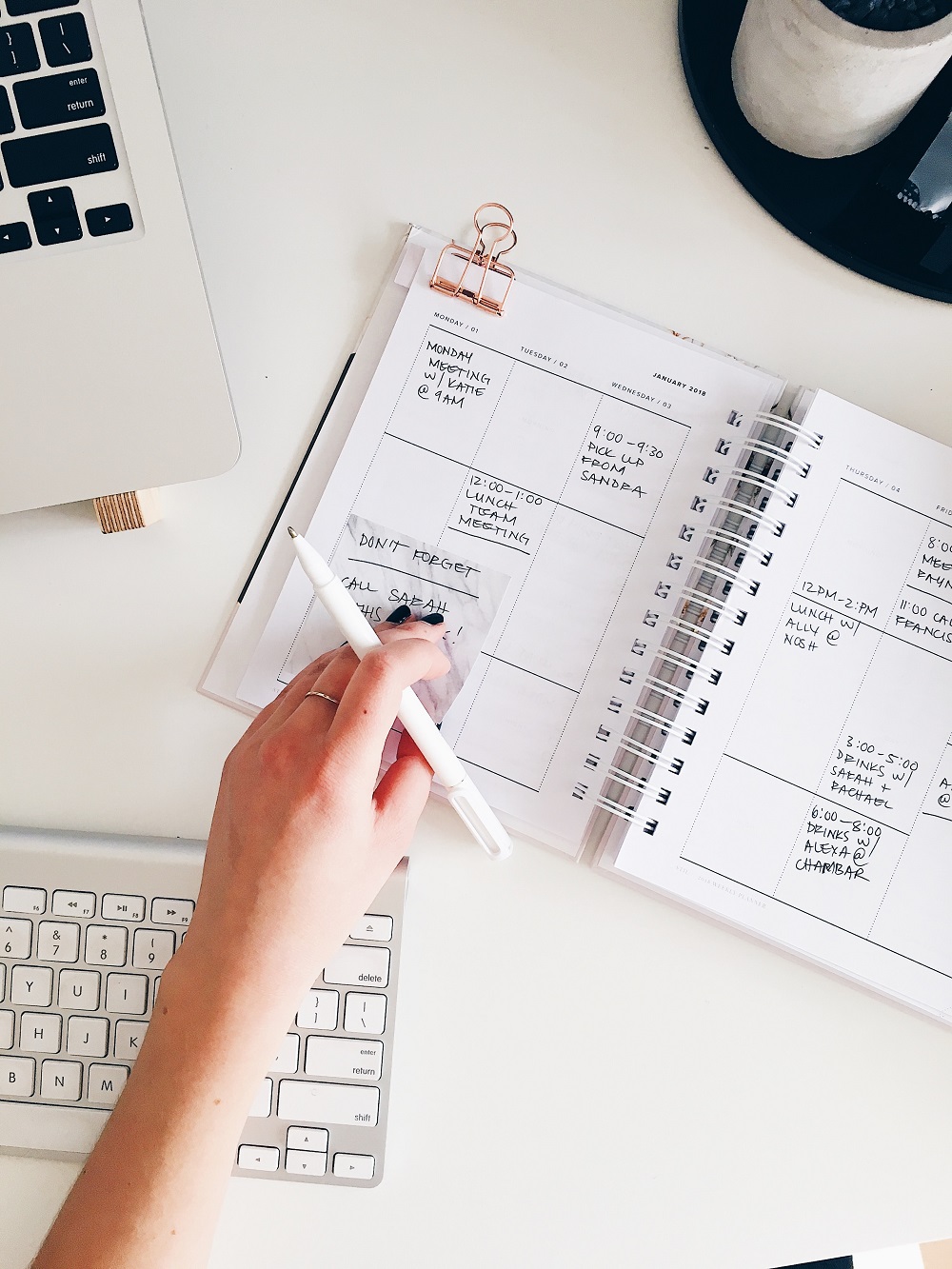Heat leads to contamination of the blood
As the end of summer approaches, excess pitta accumulates in our mind-body system. Those who continuously rely on cooling measures in summer are less affected by this. In any case, a holiday in the pitta season helps to prevent or reduce pitta caused by exertion.
Consequences of contaminated blood
People with pitta diseases are particularly prone to exacerbations of their symptoms in the months of September and October. Fatigue, exhaustion, hyperacidity and reflux, emotional imbalance or skin diseases can be the consequences.
One of the best measures to reduce excess pitta, which can contribute to blood contamination, is Ayurvedic bloodletting.
Bloodletting and Pancha Karma
Bloodletting is one of the five classical Ayurvedic purification therapies (Pancha Karma) and is known as Rakta Mokshana. Rakta means "blood", Mokshana "liberation". In this application, the blood is freed from burdening substances, from unprocessed toxins (ama). Several methods are described for this purpose. The most important are: Cupping, the use of leeches and bloodletting from the vein.
In our somamed practice we currently only offer bloodletting from the vein.
Blood purification procedure
In all blood purification therapies, it is of particular importance to follow the classical guidelines for a purification therapy. Bloodletting is most effective when preceded by a pre-treatment to dissolve ama (slags), which loosens and liquefies the waste products that are firmly encrusted in the tissues. Bloodletting without this pre-treatment can only remove superficially dissolved waste products and therefore has little deep effect.
Pre-treatment
The best pre-treatment is our Herbal Detox or the Herbal Detox Webinar on demand (at any time). These one-week cures loosen deep-seated and hardened Ama deposits from the tissues, which can then be easily eliminated with the bloodletting. These two cures each end with an intestinal cleansing day (Virechana). This pre-cleansing should take place a few days before the bloodletting, e.g. the weekend before. In the days in between it is important to follow a light diet (no animal protein, no raw food, low fat).
Bloodletting from the vein
Ayurvedic bloodletting is always performed on an empty stomach. No strenuous physical activities should be done before the application. The best time for blood purification is always on the days after the full moon.
In Ayurvedic bloodletting, usually 100 to max. 200 ml of blood (approx. 1/8 litre) is taken. Bloodletting from the vein is finished when the blood, which is initially dark in colour due to ama, changes to a fresh, light colour. This is the sign that the most burdensome blood impurities have been drained. This amount of blood taken is in no way detrimental to circulation or trafficability.
In the case of known deficiencies, an infusion with the missing vital substances can be administered immediately after bloodletting (often with the same needle prick).
Aftercare
A light diet should be continued, especially on the day of phlebotomy and ideally for a few more days. Intensive sun exposure and extreme physical and mental exertion should also be avoided. As with other Ayurvedic cures, this time is optimal for strengthening the mind-body system with Ayurvedic Rasayanas.
Indications for Ayurvedic bloodletting
- Improvement and detoxification of the overall metabolism in cases of lipometabolic disorders, blood sugar (diabetes) and high uric acid levels (gout, rheumatism, arthritis)
- Anti-inflammatory and pain-relieving in acute and chronic inflammations such as rheumatism, skin inflammations, gall bladder, kidney, bladder, ovary, breast and uterus inflammations.
- Hormone regulation disorders due to lack or insufficient menstruation, goitre and Graves' disease, menopause or sterility.
- Antispasmodic effect in vascular spasms (shop window disease = smoker's leg), varicose veins, nerve spasms and bronchial asthma.
Elimination of congestion caused by blood filling the lungs, liver. - In cases of high blood pressure, risk of heart attack or stroke. Congestion of the portal circulation, varicose veins and haemorrhoids.
Haemostatic effect in haemorrhages caused by blood overflow: renal, pulmonary, skin, nasal, uterine, gastrointestinal, bladder, haemorrhoidal haemorrhages and bleeding in the eye. The simplest and safest remedy here is not to stop the bleeding by suppressive means, but to eliminate the fullness of the blood by bloodletting. - For nervous disorders such as neurosis, risk of stroke and its precursors (dizziness, head pressure, ringing in the ears), headache or migraine.
- Depression, melancholy, anxiety, restlessness, irritability and sleep disorders
- For skin diseases such as acne, neurodermatitis, eczema, herpes, psoriasis, lower leg ulcers (open legs).
- For ear diseases, Meniere's dizziness, hearing loss and inflammations.
- For heart diseases such as cardiac insufficiency, to reduce the risk of heart attack by eliminating risk factors (high blood pressure, dyslipidemia, diabetes).
- AS A GENERAL PREVENTIVE FOR SEASONAL PURIFICATION IN PEOPLE WITH PITTA DOMINANCE AND RAKTA VRIDDHI.


We look forward to your feedback!